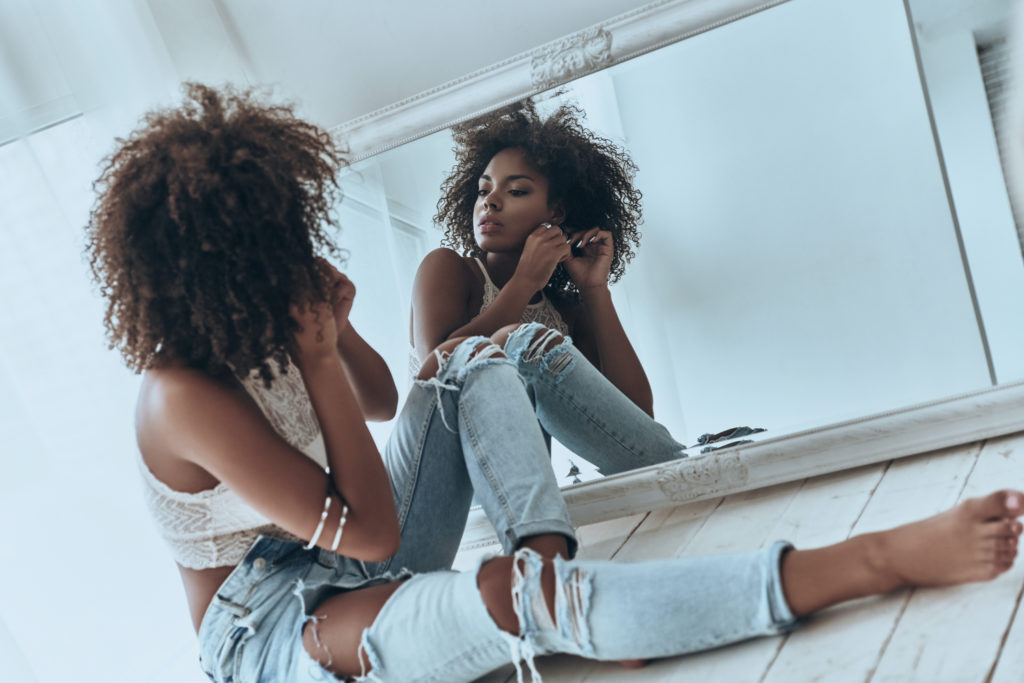Some days, your sex drive is alive and well, and other days, you‘re not really interested in sex. What gives? The truth is, your libido is connected to your monthly cycle. So, it’s natural and normal for your sex drive to go through phases and not be revved up all the time. So, keep reading to learn how a woman’s monthly cycle affects your sex drive.
According to Alisa Vitti, founder of Flo Living, a woman’s body doesn’t run on the same 24-hour clock that a man’s body does. And that’s all because of a woman’s monthly cycle.
But this isn’t just about the emotional side of PMS – it’s about the shifting hormones that affect a woman on a weekly basis, including her energy levels, desires and emotions.
Every woman’s body has a cyclical pattern, and Vitti explains that “each week of your cycle, your hormones change and you need to approach your sex life accordingly…Your specific desire depends entirely on what’s happening with your hormones, and knowing that information will empower you to access the right tools in your arsenal at the right time.”
Here’s a brief overview of your cycle’s four stages and how your sex drive might look:
Follicular phase
From the time your period ends, leading up to ovulation, you’ll have an increasing sex drive.
Ovulatory phase
During this brief phase leading up to and ending with ovulation, your sex drive is at its absolute highest.
Luteal phase
Between ovulating and your period, your sex drive gradually diminishes.
Menstrual phase
While menstruating, it’s normal to not desire sex, due to the hormones at play.




